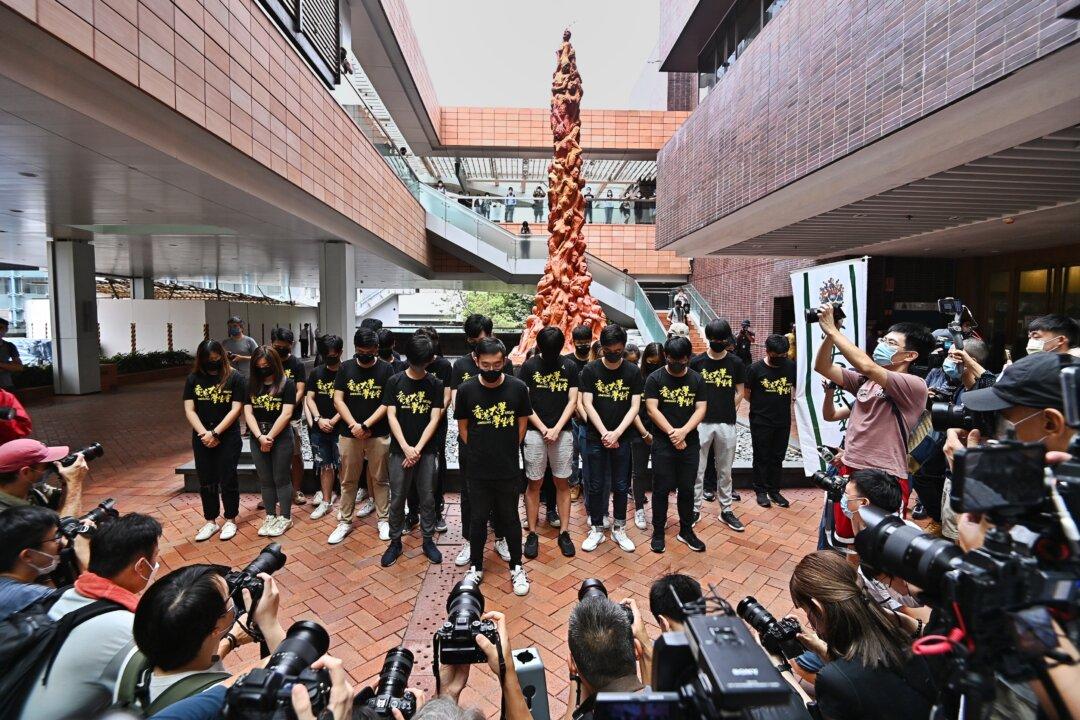Commentary
The West should ban companies from cooperating with totalitarian regimes like China in the suppression of democracy and free speech.

The West should ban companies from cooperating with totalitarian regimes like China in the suppression of democracy and free speech.